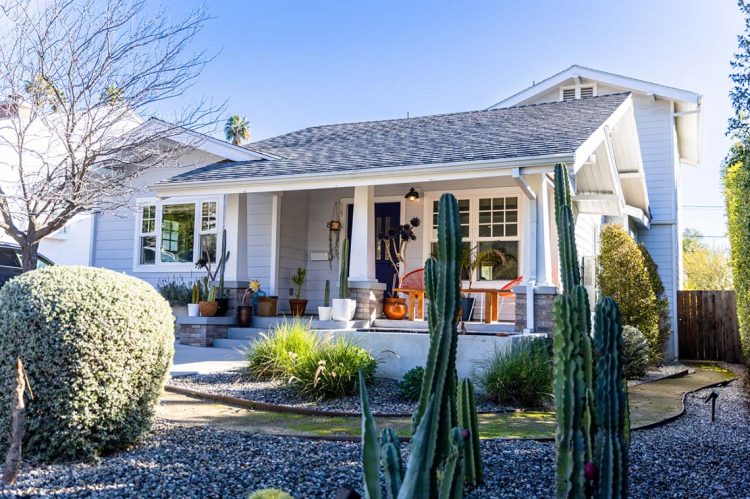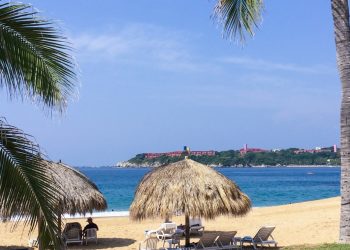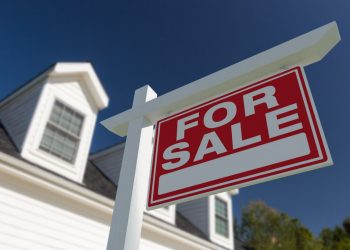In a new study by LendingTree, researchers analyzed home occupancy and homeownership data of immigrant and foreign-born communities across the nation’s 50-most-populous metro areas.
Specifically, the data looked at which places have the highest share of homes owned and occupied by those born outside of the country, the study showed.
Key findings
- Those born outside the U.S. make up an average of 14.25% of the population across the nation’s 50 largest metros. San Jose, California, Miami and Los Angeles have the largest foreign-born populations, with an average of 37.56% of residents who were born outside the U.S.
- People born outside the U.S. are less likely to live in owner-occupied homes than their native-born peers. Across the nation’s 50 largest metros, an average of 55.20% of the population born outside the U.S. live in owner-occupied housing units. For those born in the country, that figure jumps to 64.46%.
- Foreign-born homeowners are more likely to spend 30% or more of their monthly household incomes on housing costs than their native-born counterparts. An average of 26.84% of those born outside the U.S. and living in owner-occupied homes spend 30% or more of their monthly household income on housing costs, while 21.65% of those born in the U.S. do the same. It’s typically recommended that homeowners spend less than 30% of their monthly household income on housing costs to avoid becoming excessively burdened by costs.
- Despite being more likely to be cost-burdened, those born outside the U.S. own a proportional number of homes relative to their population. An average of 14.62% of owner-occupied homes across the nation’s 50 largest metros belong to those born outside the U.S. This figure is proportional to the average percentage of the foreign-born population—14.25%—across those same metros.
- Home prices tend to be higher in areas where more homes are owned by those born outside the country. While this can impact home prices in some cases, other factors—such as how local economies function and how zoning laws are written—are more likely to have an effect.
The takeaway:
“It’s important to remember that just because areas with large foreign-born populations tend to have higher home prices, that doesn’t mean that people born outside of the country are the cause of those prices,” said LendingTree’s Senior Economic Analyst and report author, Jacob Channel. “Afterall, there are a variety of factors that can contribute to high home prices in areas that tend to attract immigrants like San Jose, New York City and Miami, including complicated zoning laws as well as strong economies that support high-paying jobs.”
Click here to read the full report.












